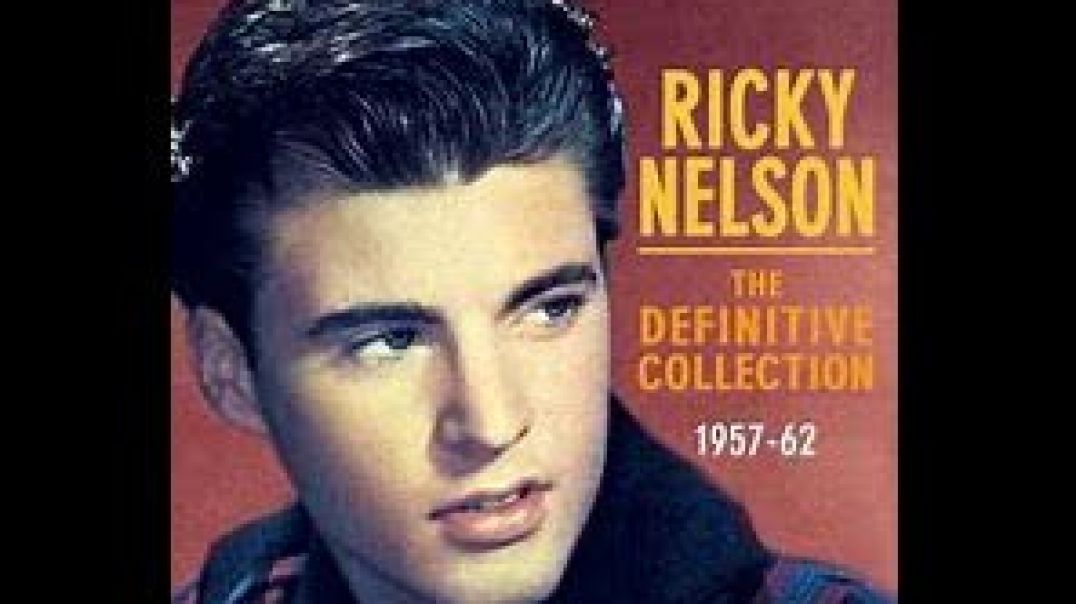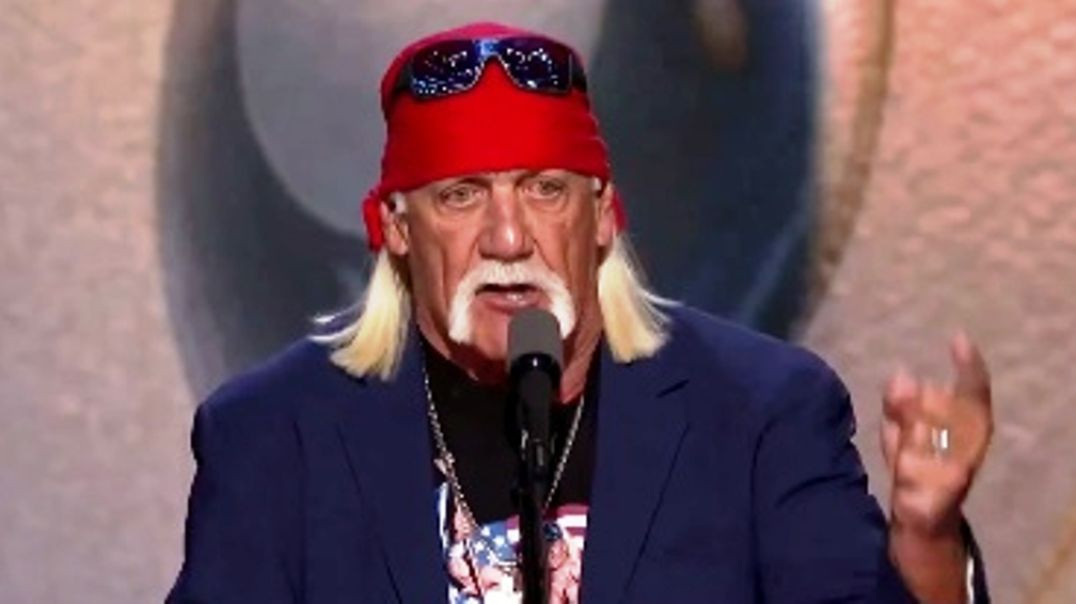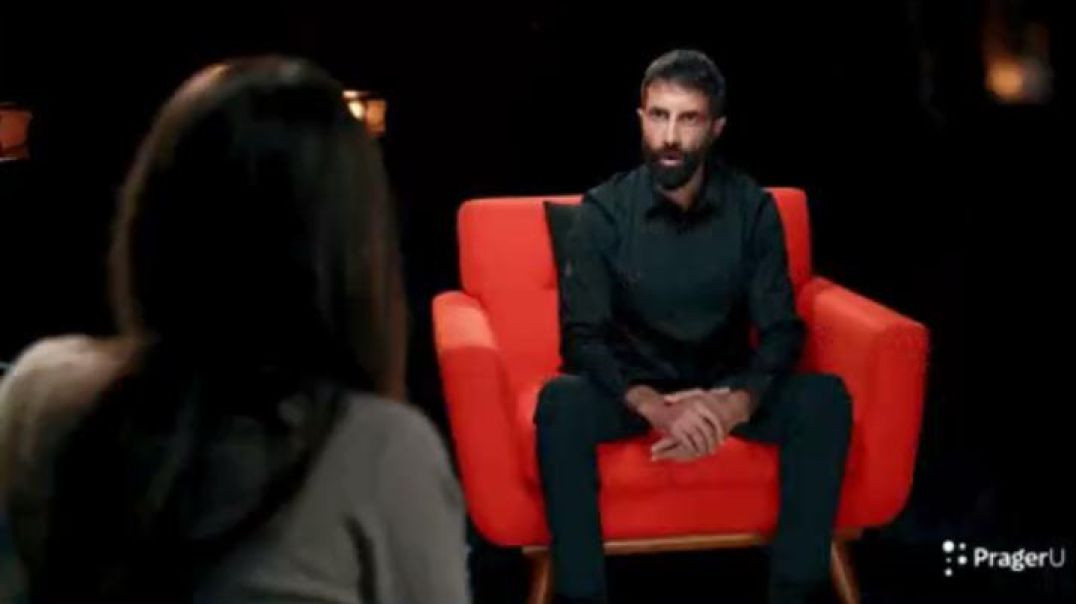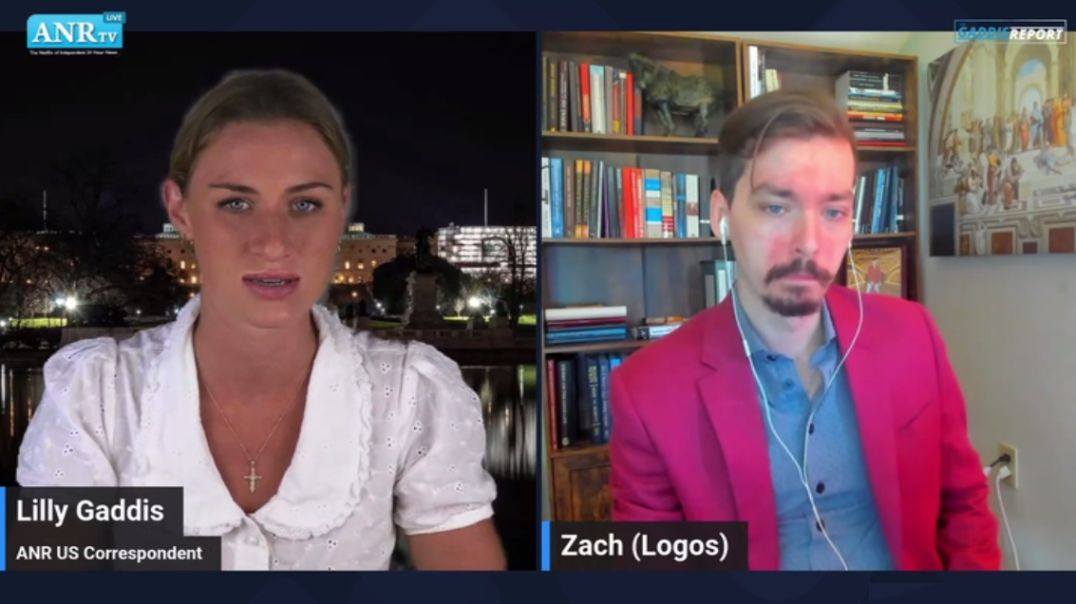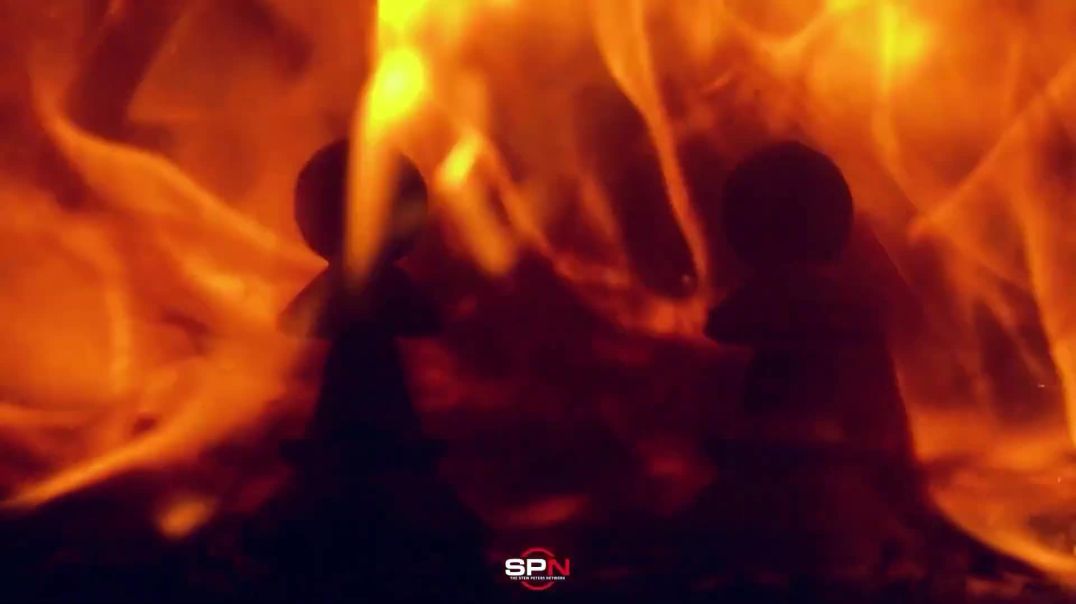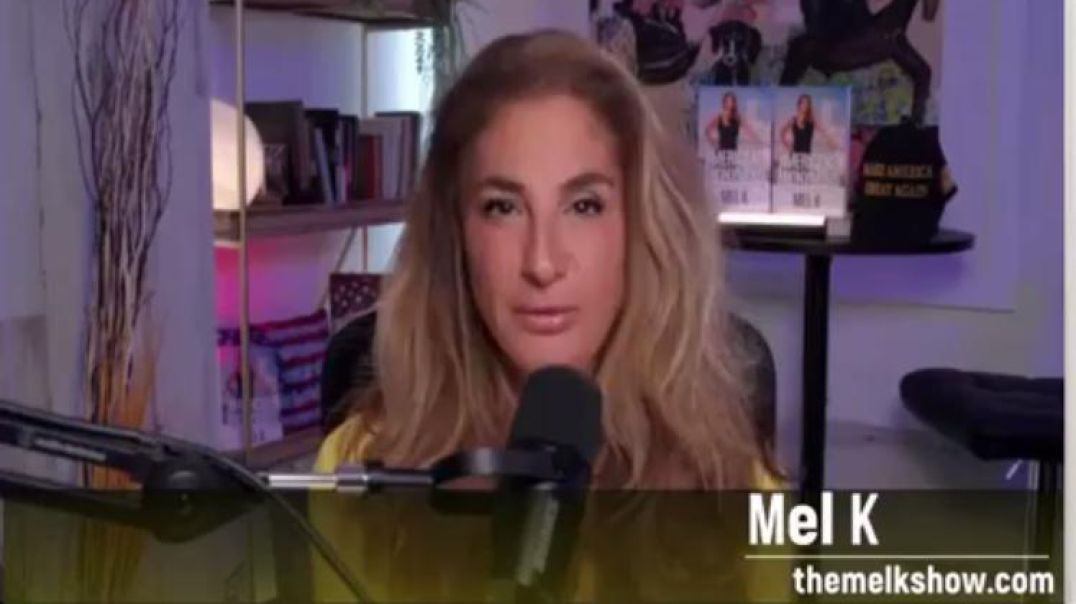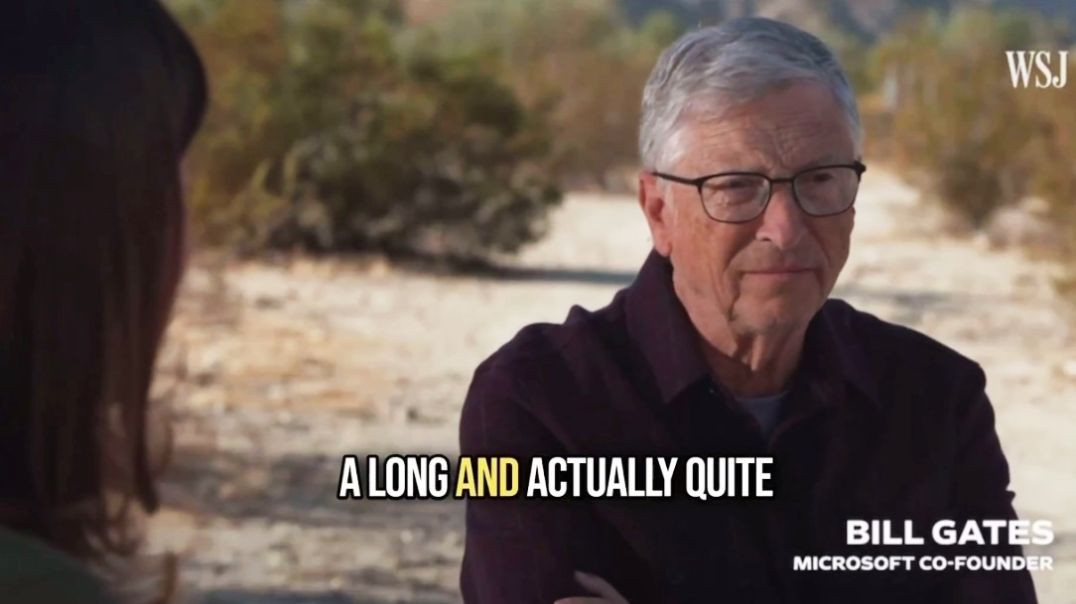Please donate now to help fund our work
The Truth About the Murder of Mary Phagan - Jake Shields Interview with Mary Phagan-Kean on the Figh
The interview with Mary Phagan-Keane, grandniece of 13-year-old Mary Phagan, killed in 1913 at Atlanta’s National Pencil Factory, delves into her personal exploration, research, and stance on the contentious Leo
Frank case. Frank, the factory superintendent convicted of the murder, remains a divisive figure amid accusations of antisemitism and historical reinterpretation, particularly by the Anti-Defamation League (ADL).
Personal Connection and Discovery
Family Silence: Named after her great-aunt, Mary learned of the murder at 13, as her family, guided by her great-grandmother, had concealed it. Her mother discovered it concurrently.
Traumatic Experience: At R.V. Stall High School in Charleston, a teacher’s query about her link to Mary Phagan, followed by classmates’ taunts about being “dead” or “reincarnated,” profoundly impacted her.
Father’s Perspective: Surprised the case resurfaced, her father briefly labeled Frank a “sexual pervert” who murdered Mary after she collected her wages and was later lynched by a vigilance group.
Curiosity and Research
Growing Fascination: After relocating to Atlanta at 15, frequent questions from teachers at Shamrock High School about her connection sparked her interest in the case’s significance and her father’s reticence.
Archival Revelation: At the Georgia Archives, a vivid image of Frank’s lynching motivated Mary to seek the truth, with her father encouraging independent investigation.
Research and Evidence Collection
Archive Donation: Mary contributed her 57-year collection of case documents to the Georgia State Library to challenge claims of Frank’s innocence.
Source Analysis: Early books (1913–1950), such as Guilty or Not Guilty by Francis X. Bush, provided balanced views, while later works like Night Fell on Georgia and A Little Girl Is Dead showed inconsistencies. The trial transcript is missing, but Mary possesses a “brief of evidence” supporting Frank’s guilt.
Case Details and Evidence
Crime Summary: Mary Phagan was murdered after collecting her $1.20 paycheck. Frank’s conviction hinged on his inappropriate conduct, inconsistent statements, and physical evidence.
Grand Jury and Witnesses: A grand jury with four Jewish members unanimously indicted Frank, undermining antisemitism claims. Witnesses verified Frank’s harassment, contradicting his claim of unfamiliarity with Mary.
Defense Tactics: Frank’s eight-lawyer team employed racial strategies, implicating Black janitor Jim Conley and planting evidence linked to Frank.
Trial Result: Frank was convicted in four hours, with 13 appeals rejected and no court questioning his guilt. Alleged bite marks and murder notes were later disproven as fabrications.
ADL and Historical Revisionism
ADL’s Role: Established partly to defend Frank, the ADL is accused of concealing evidence, manipulating search results, and destroying records to frame Frank as a victim of antisemitism.
Alonzo Mann’s Testimony: In 1982, Mann’s inconsistent claim of seeing Conley with Mary’s body spurred a pardon effort, which Mary believes was coerced. The 1983 pardon request was rejected.
1986 Pardon: A discreet posthumous pardon, backed by the ADL, was granted without addressing Frank’s guilt, excluding Mary’s family.
Grave Marker Issue: A 1994 marker for Mary Phagan’s grave was replaced in 1995 after a rabbi’s objections, omitting key details. Mary later installed her own marker.
Countering Misinformation
Antisemitism Claims: Mary points to the Jewish grand jury members and absence of antisemitic references in newspapers to debunk bias allegations. Frank’s mother’s comment was the sole instance.
Vigilance Committee: The lynchers, prominent Marietta citizens, acted for justice, not antisemitism, despite ties to the Ku Klux Klan.
Media Distortions: Later books, an NBC miniseries, and the Parade musical misrepresented the case, falsely depicting Mary Phagan as flirtatious.
Ongoing Advocacy
Conviction Integrity Unit: In 2019, the ADL and others pushed for Frank’s exoneration, but Mary found no public records, indicating secrecy.
Public Engagement: Through her website, littlemaryphagan.com, and a 2025 book with 16 new chapters, Mary seeks to expose ADL tactics. She uses podcasts and Twitter community notes to counter misinformation.
Personal Reflections
Emotional Toll: Discovering the case at 13 was distressing, and Mary remains troubled by her great-aunt’s defamation.
Family Support: Her adoptive Jewish grandparents and her father’s Jewish friend supported her work, emphasizing her focus on ADL manipulation, not the Jewish community.
Life’s Purpose: Childless due to her husband’s illness, Mary views her research as her mission to honor Mary Phagan’s legacy.
Conclusion
Mary Phagan-Keane’s interview highlights her lifelong commitment to preserving her great-aunt’s memory against ADL-led efforts to clear Leo Frank. Through thorough research, she has debunked falsehoods and upheld evidence, framing the case as a pursuit of justice for a murdered girl, not a matter of antisemitism.
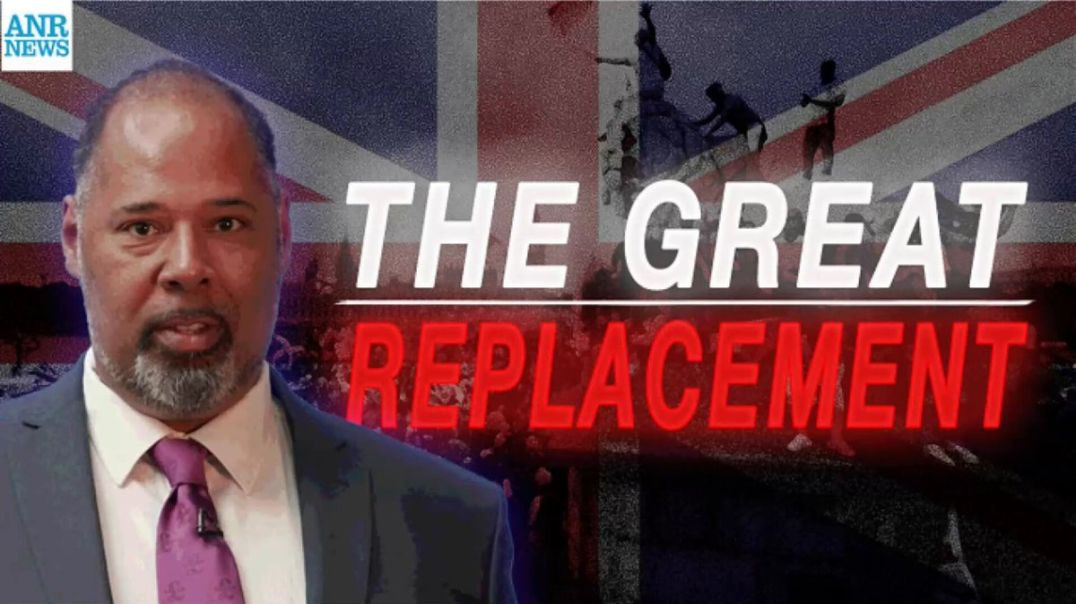
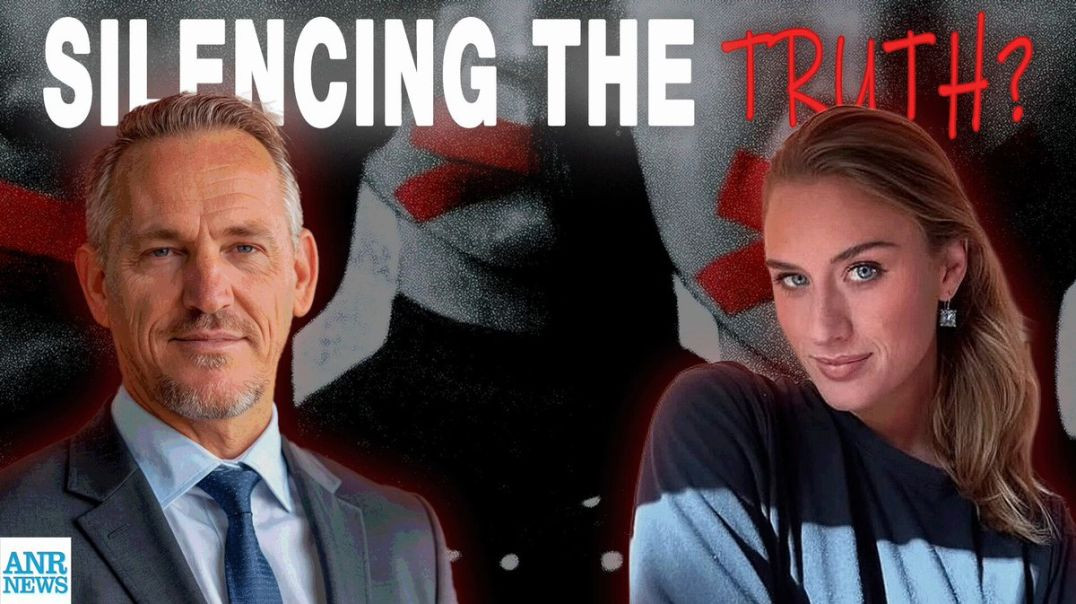
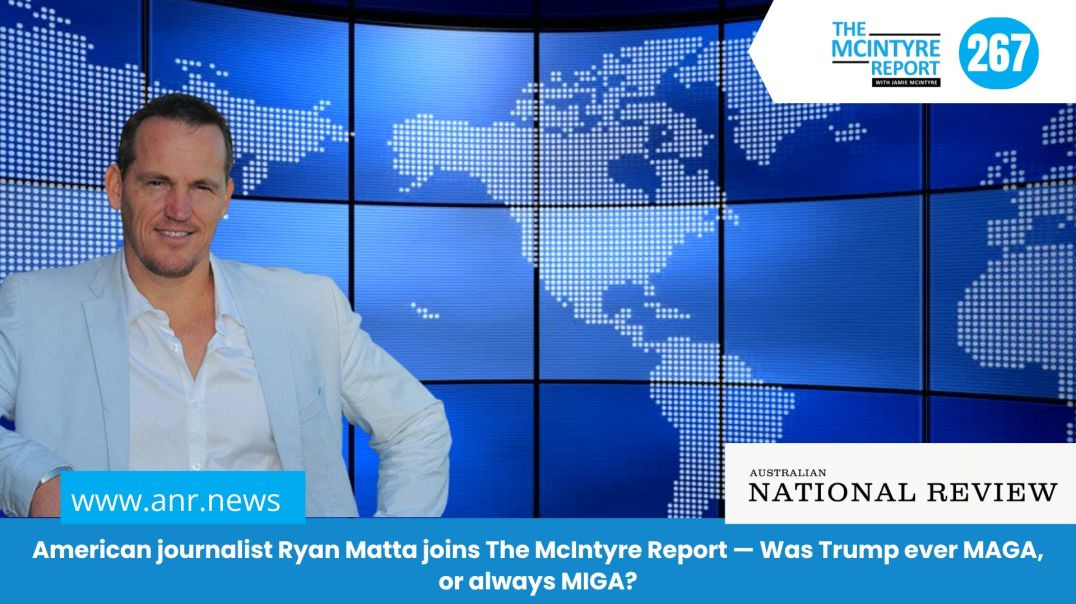
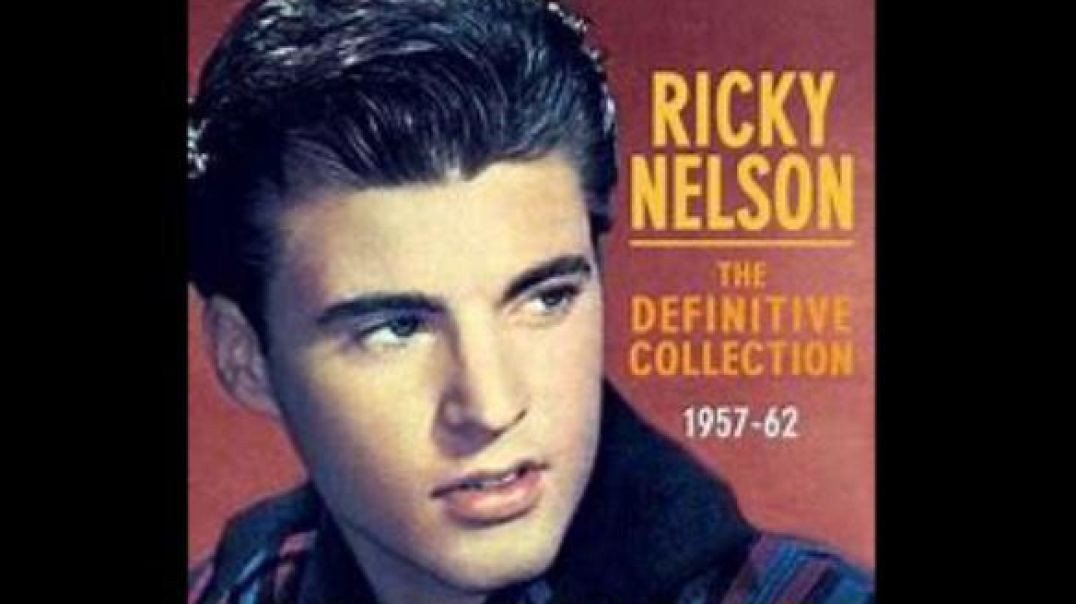
![TUCKER: He [Zelensky] REFUSES to interview with me… He’s like everywhere in the United States, he’s](https://truthtube.video/upload/photos/2025/10/GBSiW9rKPppJmZVrdzo8_14_8d8cd3b0197ca65ba0bae50df87322f4_image.jpg)
